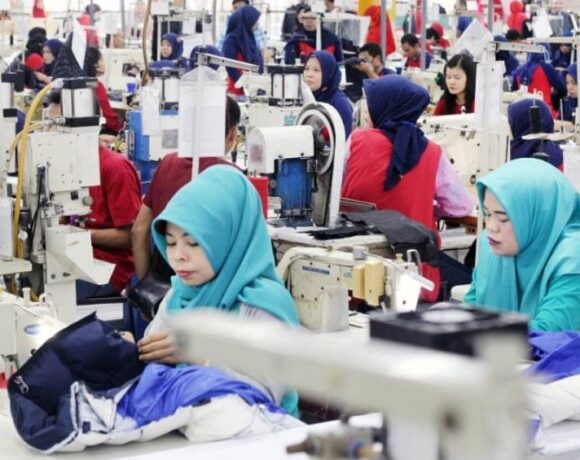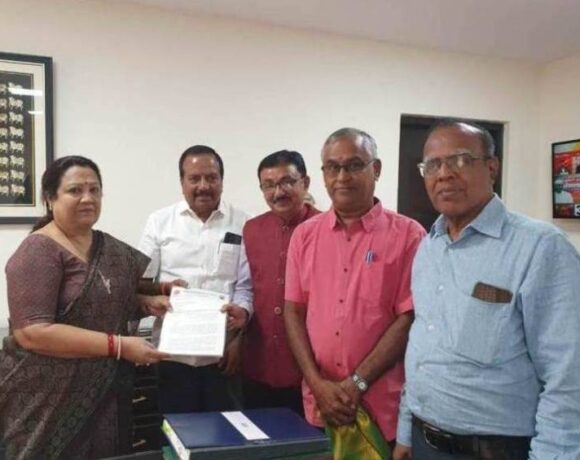Nigeria’s Textile Industry Struggles Amid Revival Efforts And Rising Imports

Nigeria’s textile industry faces severe challenges, despite revival efforts and protection policies. Once a robust sector with 180 mills and over one million workers, the industry has dwindled to just five operational mills and less than 2,000 workers. Contributing factors include large-scale smuggling, inconsistent government policies, power shortages, and high funding costs, making local products uncompetitive against imports.
Efforts by the Central Bank of Nigeria (CBN) to revive the industry, such as financial support and import restrictions, have not succeeded. From 2019 to 2023, textile imports surged, reaching N377.1 billion in 2023, while exports remained minimal. The sector’s contribution to GDP has consistently declined, dropping to 1.63% in 2023 and further to a negative 1.75% in Q1 2024.
The infiltration of Chinese counterfeit “Adire” fabrics has exacerbated the situation, with cheaper, lower-quality imports outcompeting local products. In response, the Ogun State government is working to curb these imports and support local producers.
Industry stakeholders, including the Manufacturers Association of Nigeria (MAN), criticize the Central Bank’s tight monetary policy, arguing it hinders competitiveness. They advocate enforcing Executive Order 003, promoting local production and consumption to stimulate the economy.
In a bid to rejuvenate the sector, the Federal Government has partnered with development partners and the private sector, securing $3.5 billion in investments. Initiatives include a Memorandum of Understanding with Afreximbank to establish a $3.3 billion Nigeria Industrialisation Financing Facility, aiming to create 20,000 jobs and revive the cotton, textile, and apparel value chain. Despite these efforts, the industry continues to struggle, underscoring the need for comprehensive and sustained intervention.














